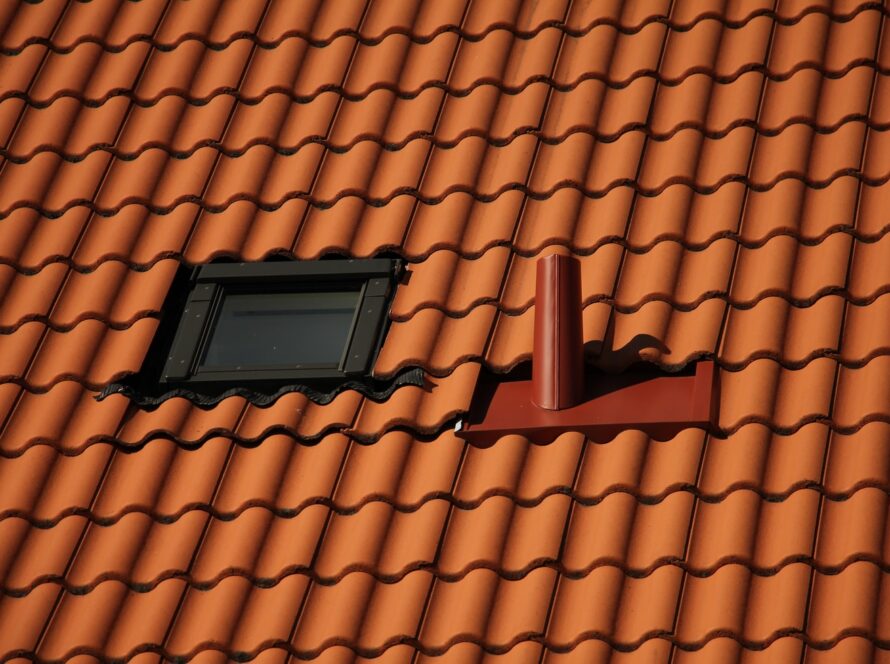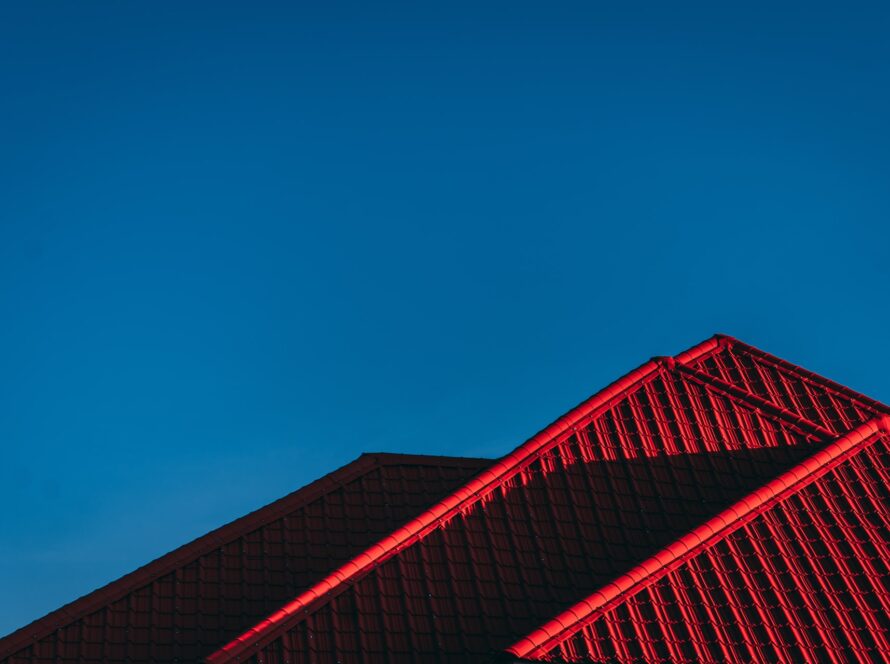When selecting a roofing system for your business, different factors must be considered. It is important to consider the type of facility and its requirements, as well as the type of roofing system you will need.
When choosing a commercial roofing system, becoming familiar with the types of methods that are available will help in your decision-making process. In this guide, we’ll teach you everything you need to know about commercial roofing systems.
1) Polyvinyl Chloride (PVC)
Polyvinyl Chloride, or PVC, is the most commonly used commercial roofing material. Also known as “vinyl,” PVC is often used to re-roof existing commercial buildings, making it a popular choice for maintenance purposes. It’s also used in new construction, as it’s impact resistant and easy to install.
It’s made from polyvinyl chloride and can be clear or a variety of colors. PVC has an average lifespan of 15 to 25 years, which is usually a longer lifespan than many other types of commercial roofing materials.
2) Single Ply Roofing
Single Ply is often used in commercial roofing. It is made of a single layer of material, which makes it a lower-quality than most other commercial roofing materials. It also is a bit more susceptible to leaks, as it is a single sheet of material.
Single Ply is often used in commercial roofing. It is made of a single layer of material, which makes it a lower-quality than most other commercial roofing materials. It also is a bit more susceptible to leaks, as it is a single sheet of material.
3) Ethylene Propylene Diene Monomer (EPDM)
EPDM is also a popular commercial roofing material, mainly because it is extremely low maintenance. EPDM is often used for flat roofs, as it requires very little maintenance and is resistant to Ultra Violet radiation. It’s also extremely flexible, which means it can expand and contract without any issue.
EPDM is also a popular commercial roofing material, mainly because it is extremely low maintenance. EPDM is often used for flat roofs, as it requires very little maintenance and is resistant to Ultra Violet radiation.
4) Thermoplastic Polyolefin (TPO)
TPO is very similar to EPDM, in that it is also very flexible. It’s often used for commercial roofing because it’s flexible, which means it can be used in a wide variety of situations.
TPO is very similar to EPDM, in that it is also very flexible. It’s often used for commercial roofing because it’s flexible, which means it can be used in a wide variety of situations.
5) Built-Up Roofing Systems
Built-up roofing systems are one of the most widely used commercial roofing systems. As the name implies, they are made up of materials that are built up and put together to form a roof. These materials are often made from felt, sheet, and gravel.
Built-up roofing systems are one of the most widely used commercial roofing systems. As the name implies, they are made up of materials that are built up and put together to form a roof. These materials are often made from felt, sheet, and gravel.
Conclusion
Considering the type of commercial building you’re working with will help in your decision making process. Choosing a roofing system that’s fit for the purpose you need it for will also ensure you’re getting the most efficient use out of your commercial roofing system.
Get a roofing system that fits your building project with Pioneer Roofing Company. We provide commercial roofing in San Diego to help you out. Get in touch with us today to learn more.



